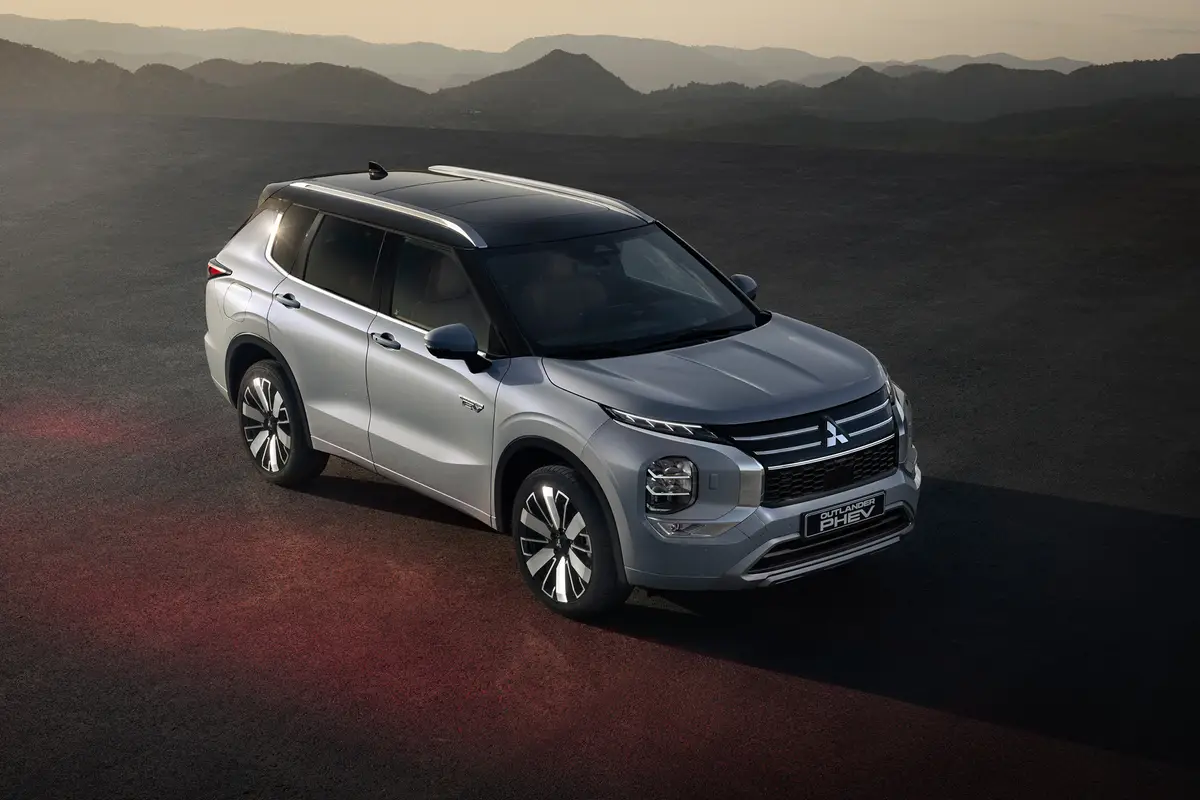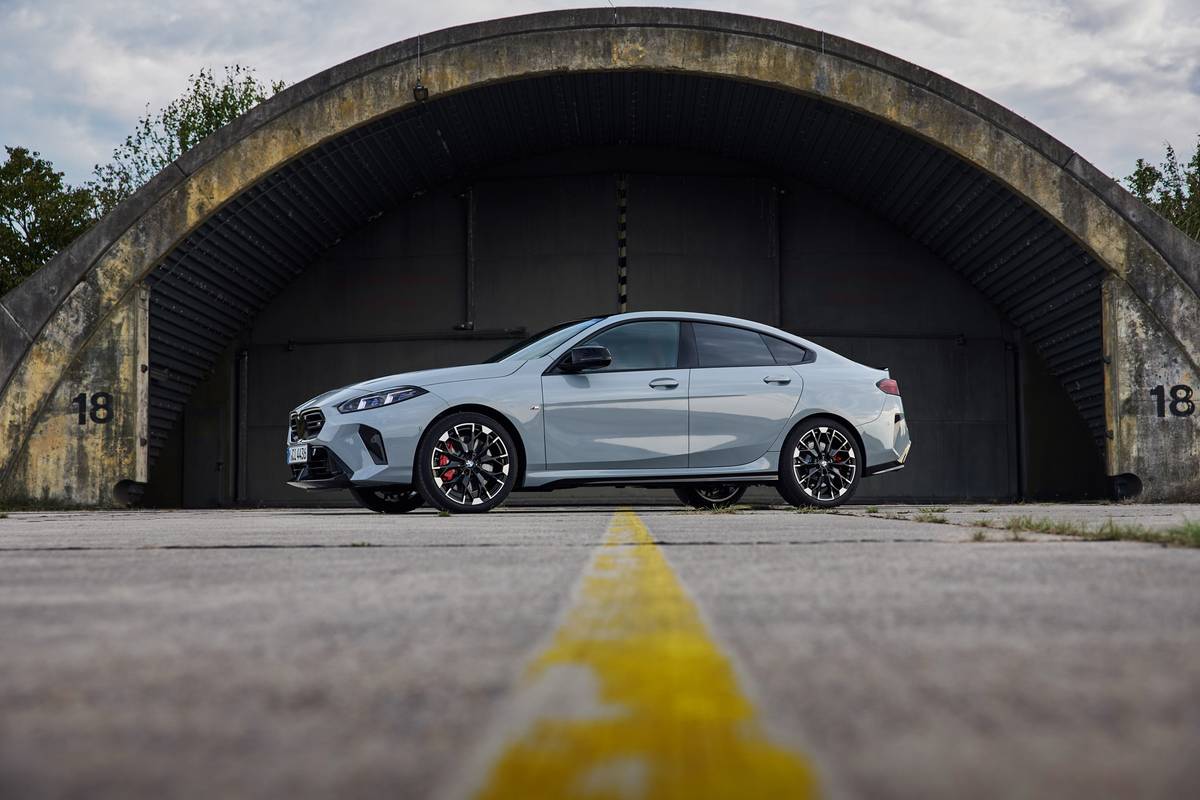IndyStar.com's view
It makes for a prestigious fit, the names of Park Avenue and Buick.
That upscale avenue in New York City and Buick Motor Division’s flagship sedan just blended into each other for the first- generation Buick Park Avenue model. The 1997 Park Avenue to be introduced this fall should elevate that reputation.
The second-generation Park Avenue features a refinement of body structure and chassis systems also introduced on the Buick Riviera. Those changes provide a quiet, solid ride, superior road handling and safety-cage construction.
American automotive prestige generally comes in large packages. With the Park Avenue, Buick designers thought there wasn’t too much wrong with making the sedan a little bigger than its predecessor.
The wheelbase has been increased three inches to 113.8 inches, the same as the 1996 Cadillac De Ville. The overall length is almost an inch longer than the predecessor Park Avenue at 206.8 inches.
The increase in size provides more interior room for the driver and five passengers. Trunk volume, however, has been reduced from 20.3 cubic feet to 19.1.
Available as a Park Avenue or a more upstream Park Avenue Ultra, the ’97 sedans pamper driver and passengers by emphasizing comfort and convenience. Interior structure and layout is the same in both models, with the Ultra offering more standard equipment.
Items like leather upholstery, an upgraded stereo system, air-filtration system, real wood trim, 16-inch aluminum wheels, variable ratio power steering, a supercharged V-6, and numerous other amenities are standard on the Ultra.
The car’s six- passenger capacity features a bench-type front seat, with center-located front and rear fold-down arm rests. The rear arm rest blends in more with the seat back than the front rest. In the front rest’s “up” position, the seat accommodates a center passenger, though comfort could be a problem on a long trip.
Also leather seating surfaces (optional in the Park Avenue) vary with the Park Avenue having more of an individual contoured seat and back for the driver and right-side passenger. The Ultra’s leather pattern and stitching is different, offering a more flush seating area.
Instrumentation for the two models is identical, with a five-gauge cluster including speedometer, tachometer, temperature gauge, fuel gauge and trip odometer, but on the Ultra there is a standard driver-information center. This tells you everything you ever wanted to know about the functions of the automobile and maybe something you didn’t.
A safety feature on the Park Avenue is a safety-cage construction for the passenger cabin, and a thoughtful safety design.
In case you happen to flip over in one of these things, and the air bags are activated, the doors automatically unlock in 15 seconds.
The exterior styling of the two models also is fundamentally the same. To distinguish the cars, the Park Avenue features a stand-up hood ornament while the Ultra carries its tri-shield badge embedded in the t op of the grille.
The taillamp lenses also are a little different. The Park Avenue uses a clear lens, while the lens on the Ultra is darkly tinted. And each model has its own identification script on the rear fenders.
Two key features along the sides of the car are flush door handles and the elimination of the previous Park Avenue’s fixed front-quarter window. The new side-window configuration allows moving the outside mirrors forward on the door.
More than likely, there aren’t too many drag-racer types driving Park Avenue sedans, but maybe they’re overlooking something in Ultra form.
The Ultra is powered by Buick’s supercharged, highly successful 3800 Series II V-6. This is a 3.8-liter (231-cubic-inch) motor which, in normally aspirated (non-supercharged) form, provides a quite respectable 205 horsepowers. By adding a blower, power jumps to 240 horses.
JSome question has been raised about the lack of availability of a V-8 in these cars. When driving this 3800 Series II engin e, if you didn’t know what was under the hood, you would have a difficult time telling the difference between the 6-cylinder engine and an 8-cylinder.
By staggering (offsetting) the individual connecting rod journals of the crankshaft 30 degrees from each other, an even 120-degree firing order is obtained. It makes the V-6 as smooth a powerplant as one with more cylinders.
Also of interest is the fact that, despite the increase in horsepower of the supercharged V-6 over the normally aspirated motor, there is not a significant difference in fuel consumption. The Park Avenue gets 19 miles per gallon city and 29 on the highway. For the blown Ultra, it’s 18/27.
It goes without saying that there is no manual shift transmission offered in the Park Avenue. The electrical genies in a new TurboHydramatic 4T65E four-speed transaxle take care of these duties, with a larger torque converter handling the added torque of the supercharged V-6.
It is obvious that Buick has created a flagship automobile that compares with anything in the General Motors lineup. From daytime running lights to rain- sensitive wipers which operate automatically when moisture collects on the windshield, the ’97 Park Avenue cars are worthy of their name.
Latest news



